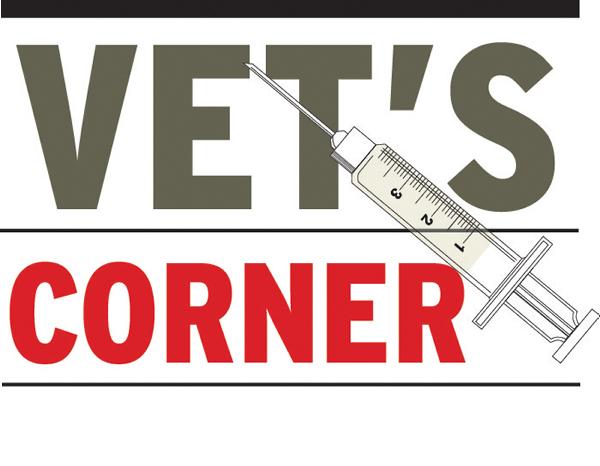In the west of Ireland, we see both sides of the weaning spectrum. We have suckler farmers selling weanlings on to the market and, on the other side, we have drystock farmers buying them in for future feeding.
To provide the best possible outcome, ie good price and healthy stock, best principles should always be applied. Unfortunately, this is not always the case.
We regularly come across farms where calves are taken directly from the cow to the mart and sometimes even dehorned or castrated within the previous few days. This adds huge stress to the calf and has an adverse effect on the immune system.
Due to their poor immunity, when these calves encounter bacterial and viral challenges, they end up very sick with pneumonia. Additional stressers at weaning should be avoided.
Ideally, disbudding should be carried out at an early age, rather than dehorning at weaning. If this cannot always be achieved, then do not dehorn until four weeks after weaning. Calves should be castrated less than six months of age.
Lungworms should be treated for at least two weeks prior to planned start of weaning. And, most important of all, do not sell calves immediately prior to weaning – wait until at least two weeks after.
The recommended weaning procedure involves removing the cows from the group, up to a third each time, every five days.
Removed cows should be out of sight and sound from the remaining group. Wean calves in the best possible weather.
For the buyer of the weanlings, there are also some principles of best practice. A system which minimises stress on the animal will reduce the risk of pneumonia.
Where possible, buy weanlings which have been well-managed prior to the sale.
Purchase of weanlings with an unknown disease history is risky. It is important to know if the animals are vaccinated against pneumonia, have they been recently weaned, castrated or dehorned and have they received any lungworm treatment.
The newly purchased animals should, where possible, have a similar diet and environment to that on the farm on which they were weaned.
Access to a sheltered outdoor area where feed and water is freely available is most suitable.
Mixing of weanling groups and transport to a new farm where feeding, management and environment are all very different to what the animal came from are high-risk factors for pneumonia. Introduced animals should be observed two or three times daily for any signs of pneumonia. If you suspect weanling pneumonia, contact your veterinary practitioner for advice on diagnosis and treatment.
Colm McGovern works at Glenina Vet Clinic, Galway. Glenina Clinic is part of XLVets. XLVets is a group of progressive practices working together to achieve a better future for agriculture and veterinary in Ireland. For further information, go to www.xlvets.ie.






 This is a subscriber-only article
This is a subscriber-only article





SHARING OPTIONS: